11 Ways Netherlands and Thailand Are Redefining Tourist Behavior
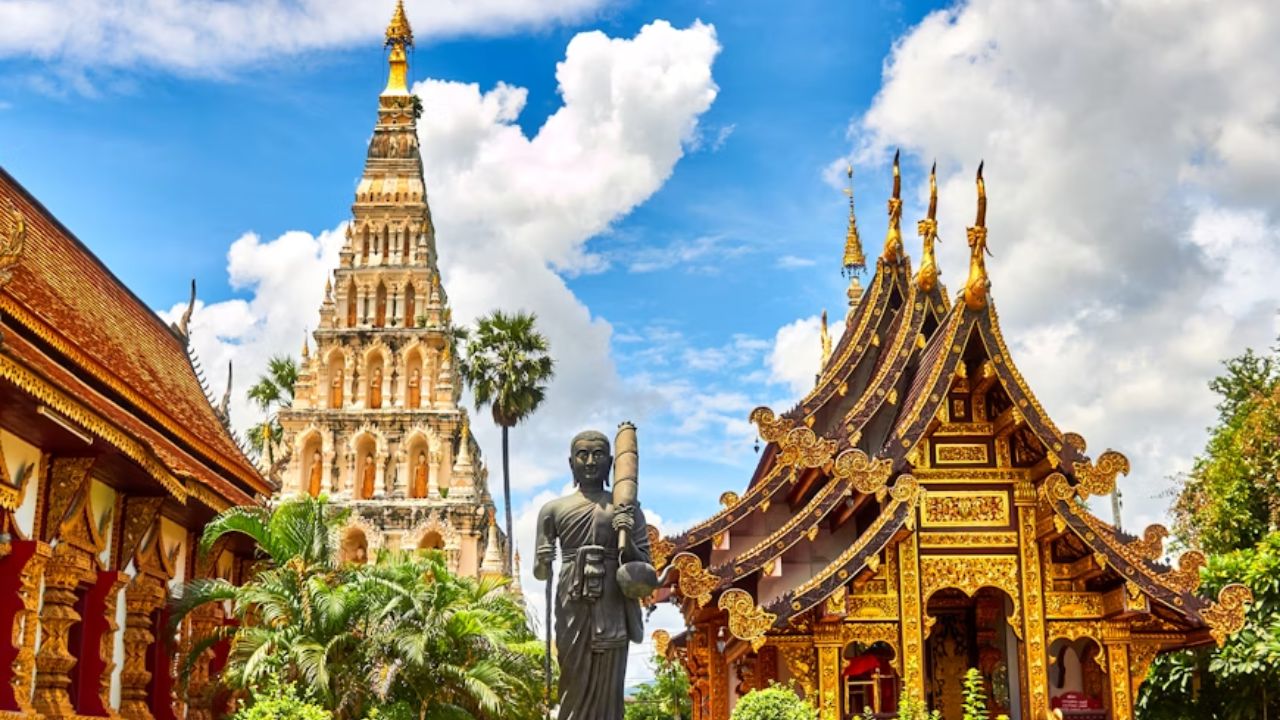
As travel rebounds, the Netherlands and Thailand are rethinking how visitors engage with their cities, culture, and communities. Both countries are shifting away from unchecked mass tourism and moving toward a more mindful model. By encouraging respectful conduct, spreading out crowds, and integrating local voices, they’re setting new standards. If you’re traveling in 2025, these 11 initiatives show how tourism is evolving, and how to explore more responsibly.
Moving Beyond Iconic Hotspots

Overtourism has pushed cities like Amsterdam and Bangkok to promote lesser-known areas. Instead of Dam Square or Khao San Road, travelers are encouraged to visit places like Amsterdam-Noord or Chiang Rai. These destinations offer cultural depth and fewer crowds. It’s a smarter way to explore, helping distribute tourism benefits and reduce wear on overwhelmed neighborhoods. In 2025, expect more travel guides to highlight these hidden gems.
Implementing New Tourist Taxes
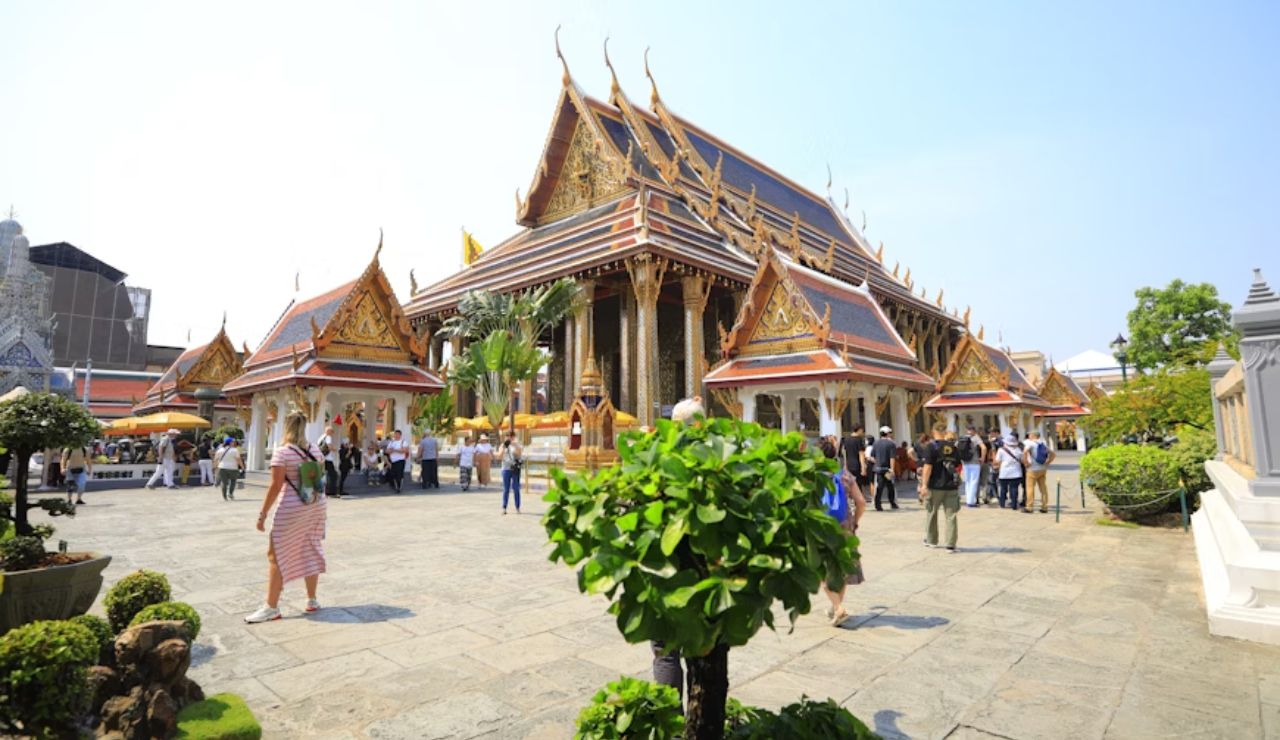
To support local infrastructure and curb excess tourism, both countries are adding or adjusting visitor taxes. Amsterdam charges higher fees for day-trippers and cruise tourists, while Thailand recently added an entry fee for international arrivals. The funds go toward sustainability projects, cultural preservation, and public maintenance. It’s not just about revenue, it’s a signal to travelers to contribute to the places they explore.
Restricting Party Tourism

Rowdy nightlife has long been a tourist draw in both countries, but it’s also caused tension with locals. Thailand’s beach towns now enforce earlier closing times, noise restrictions, and stricter alcohol rules. In Amsterdam, pub crawls are discouraged, and party tourism ads are banned. The goal is to replace reckless behavior with deeper cultural engagement, celebrating local traditions instead of disrupting them.
Enforcing Behavior-Based Fines
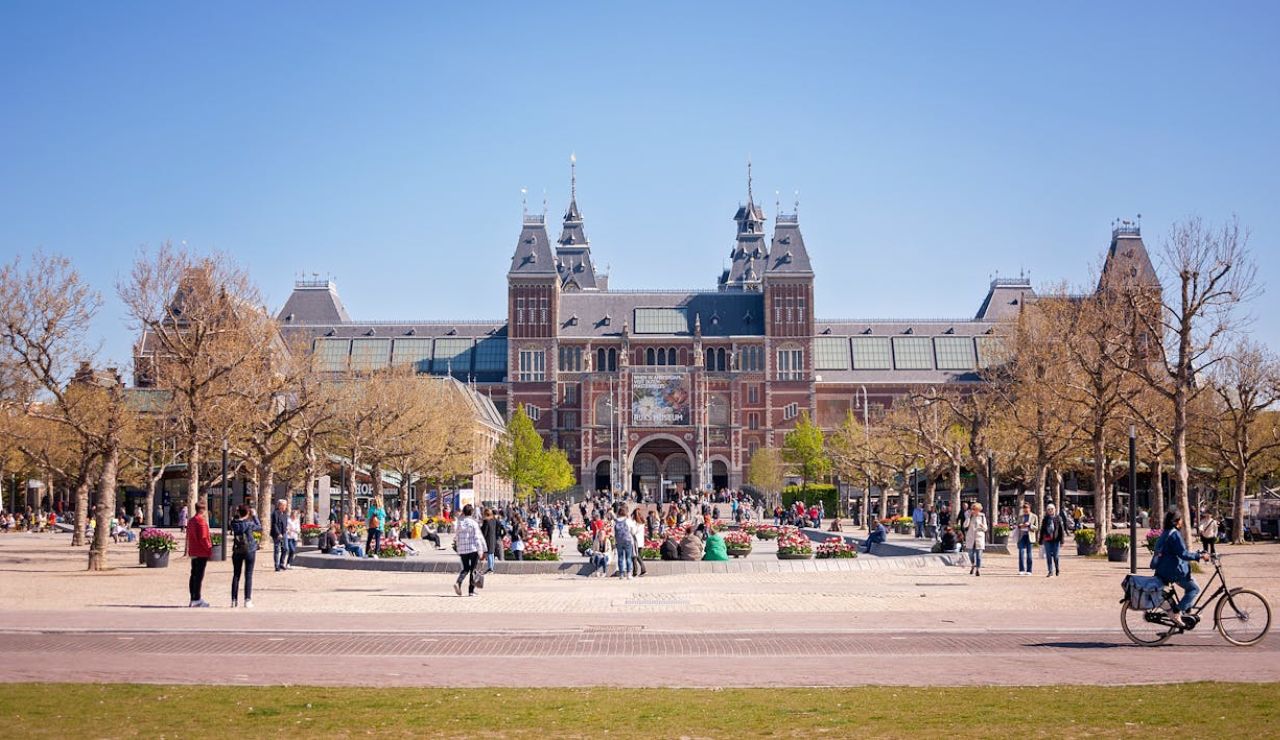
Both nations are cracking down on disrespectful tourist behavior. Fines are issued for public intoxication, indecent conduct, and damage to heritage sites. In Thailand, tourists who disrespect temples or wildlife areas face heavy penalties. Amsterdam hands out fines for noise disturbances, littering, or offensive behavior. These rules remind travelers that responsible tourism isn’t optional, it’s a shared responsibility across borders.
Campaigns Raising Cultural Respect

Educating tourists is a top priority. Amsterdam’s “Stay Away” campaign directly targets unruly behavior with bold messaging. Thailand uses signage and videos to teach visitors how to dress and behave at sacred sites. These campaigns go beyond scolding, they create awareness of local values. In 2025, more destinations are following this model, recognizing that respectful travelers make for stronger, more meaningful tourism.
Targeted Weekend Surcharges
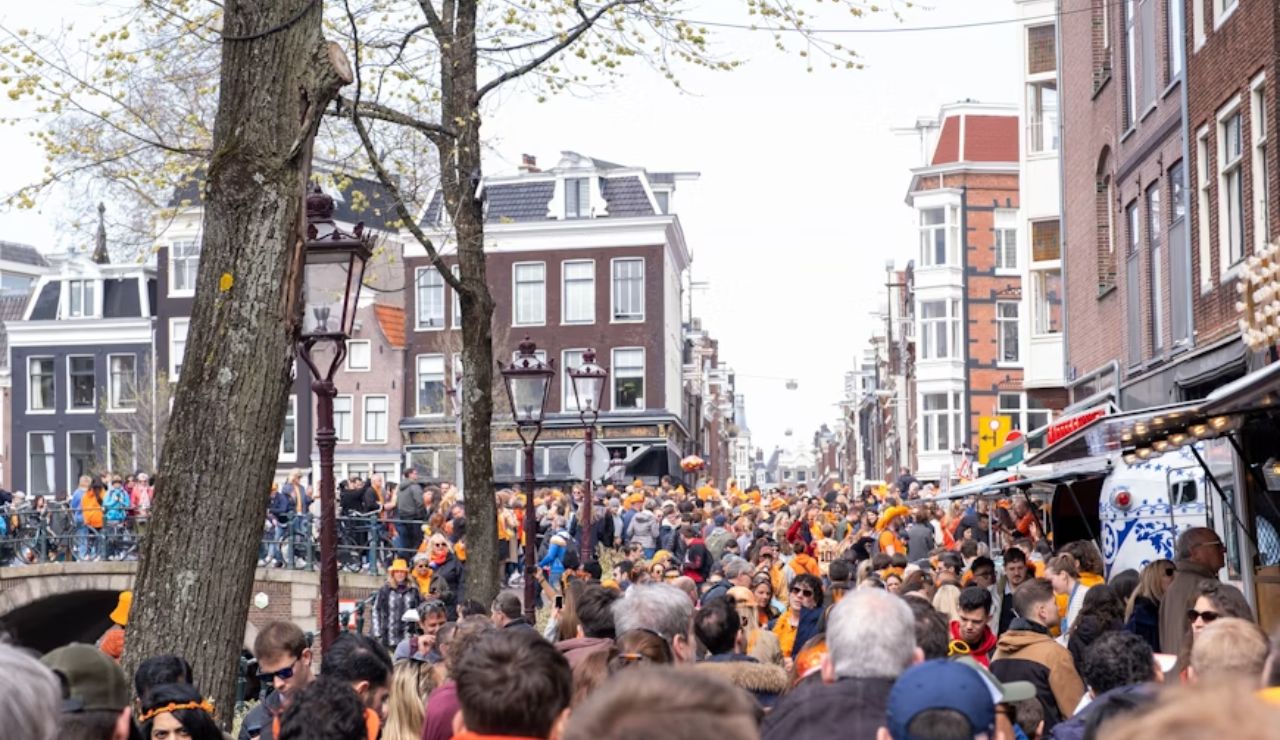
To control weekend overcrowding, both countries are considering variable pricing models. Amsterdam plans to raise tourist fees on peak days, encouraging longer stays and spreading visits across the week. Thai national parks may follow suit during local holidays or high seasons. It’s a subtle but effective tactic to reduce pressure on popular sites while encouraging travelers to visit during quieter, more immersive times.
Promoting Off-Season Travel
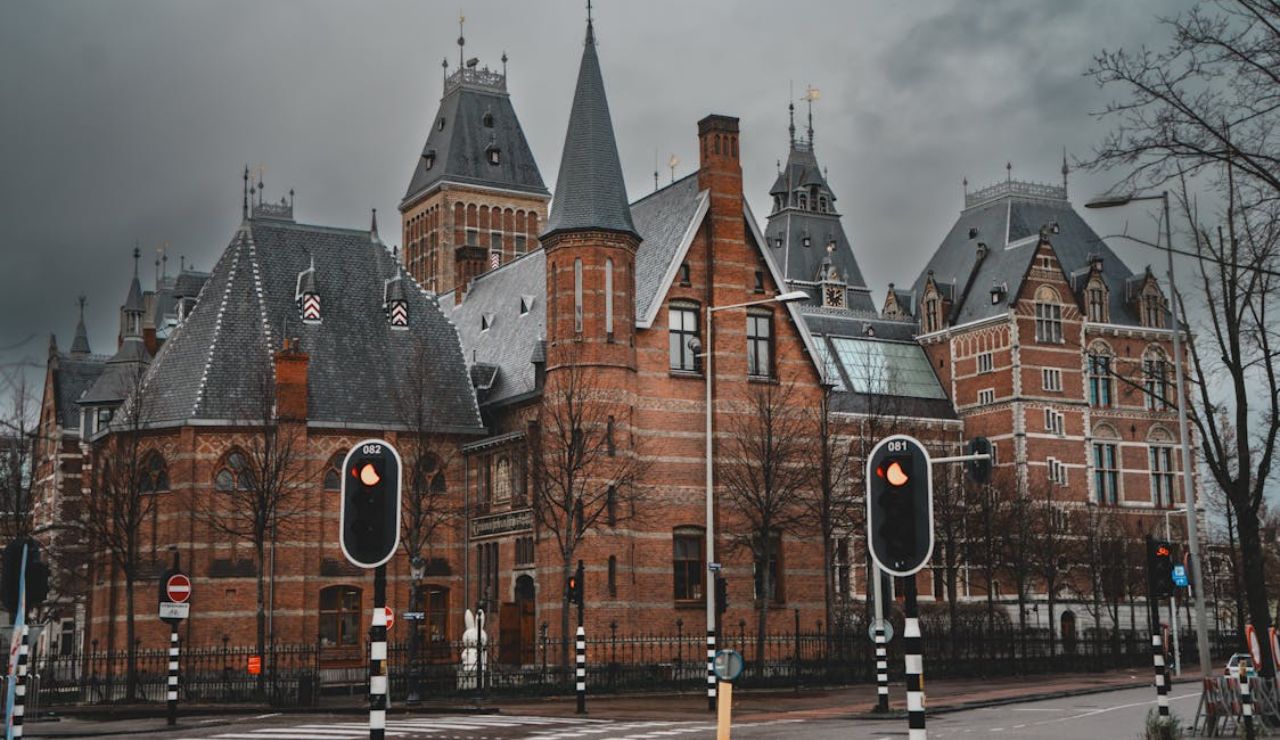
Thailand and the Netherlands now market their off-peak months as ideal for travel. Thai cities offer cultural festivals and discount rates during the rainy season, while Dutch tourism boards highlight winter markets and scenic canals in the colder months. This approach supports year-round employment in tourism sectors and gives travelers more intimate, authentic experiences, without the long lines or inflated prices.
Protecting Cultural Heritage Sites
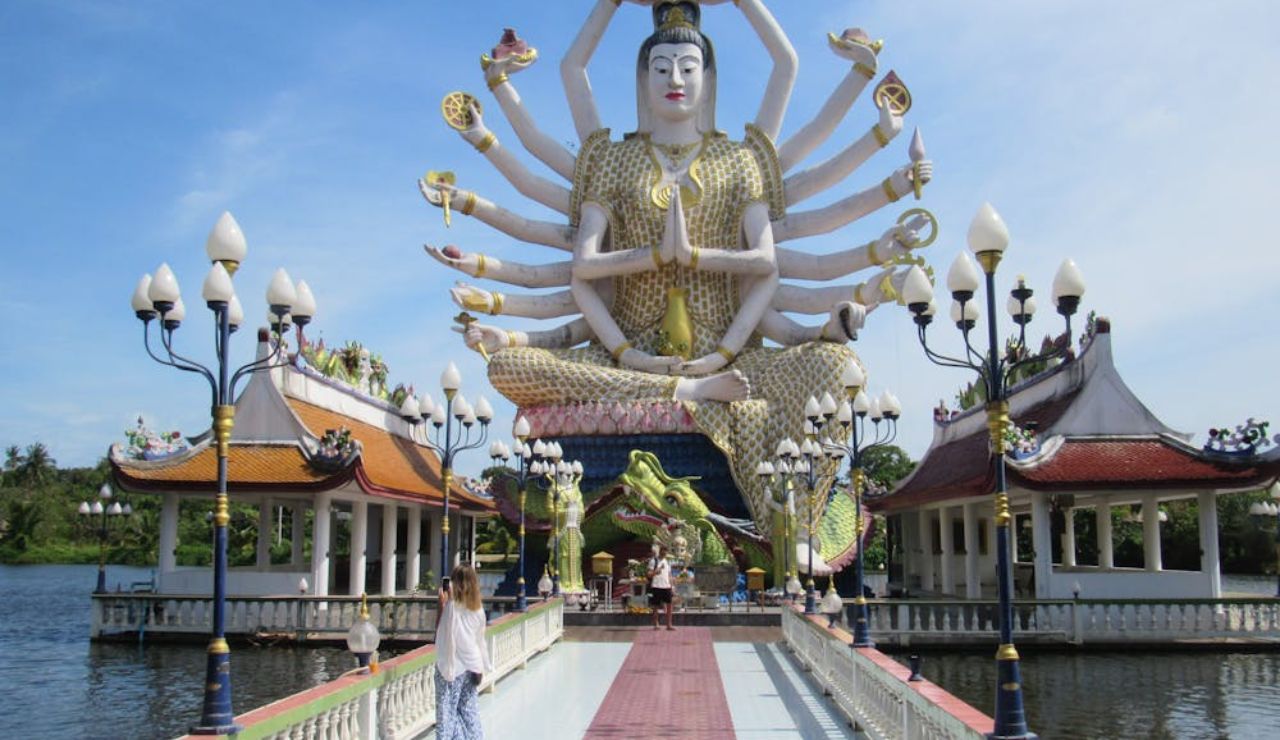
Preserving heritage is a shared mission. In Thailand, access to sacred ruins is restricted, and drone use is banned near temples. Amsterdam limits group sizes in historic districts and may introduce timed entry for certain museums. These efforts protect fragile landmarks from damage and promote mindful tourism. Visitors are asked not only to admire cultural sites, but to safeguard them for future generations.
Boosting Local Economic Benefits
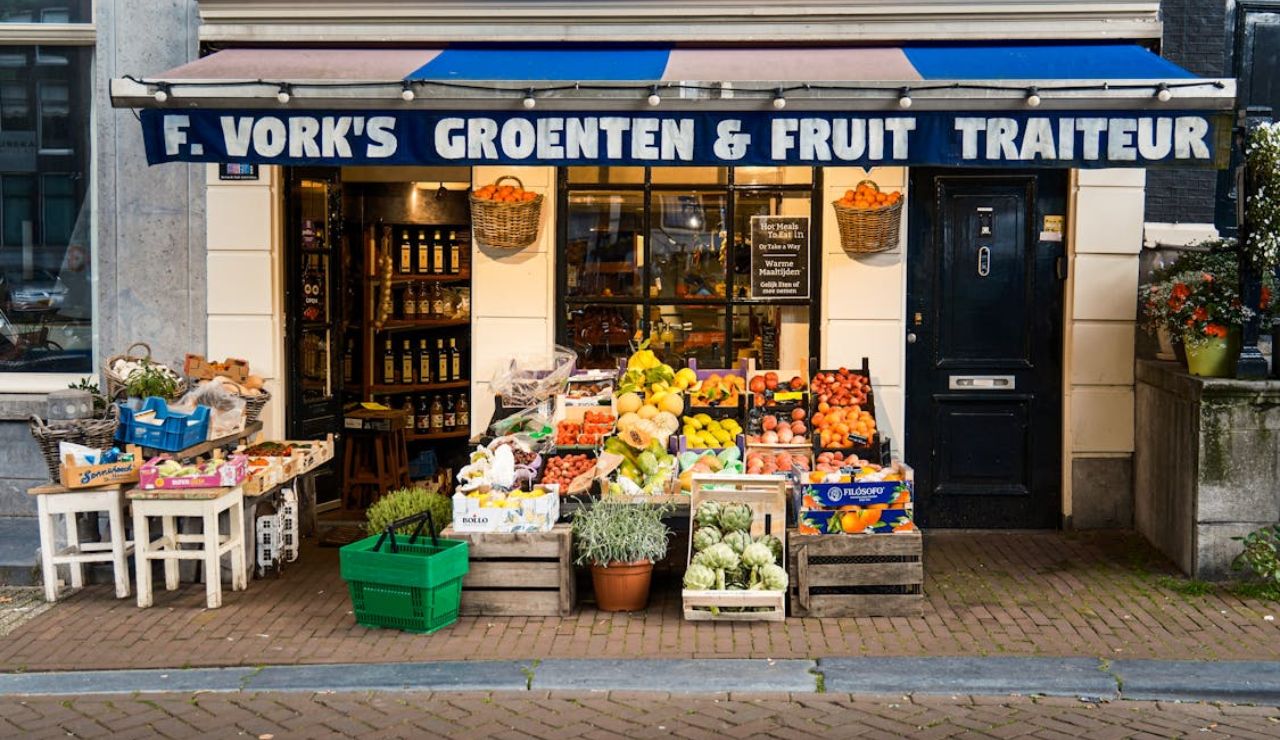
Tourism can sometimes funnel money to big chains, but both countries are flipping that model. Amsterdam encourages visits to local shops, family-run cafés, and neighborhood markets. Thailand supports rural homestays, community crafts, and food tours in lesser-known provinces. This approach ensures tourism revenue reaches more residents, strengthens local economies, and lets travelers enjoy truly local flavors and experiences.
Data-Driven Crowd Management
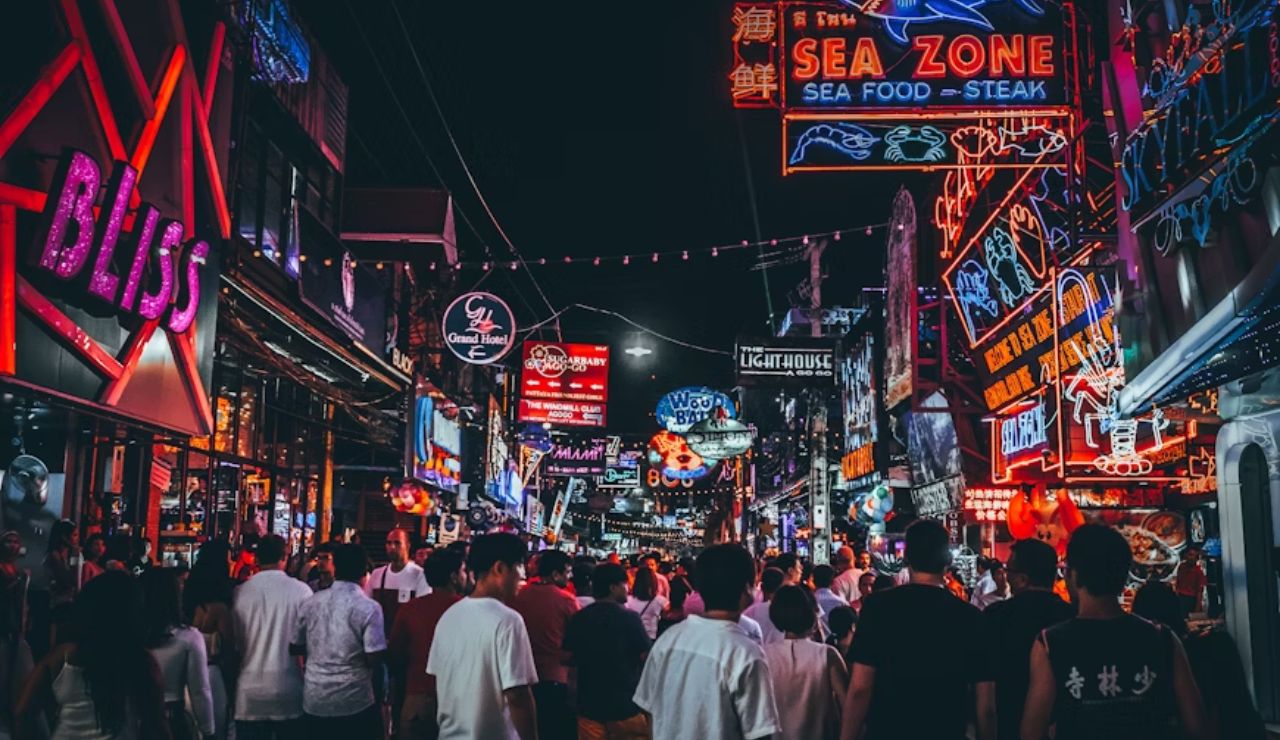
Smart cities use smart data. Amsterdam monitors foot traffic in popular areas and uses signs and apps to redirect visitors. Thailand is developing digital alerts for crowded zones and travel-time estimates for national parks. This tech-driven approach balances visitor experience with preservation goals. Tourists get smoother journeys, and local communities enjoy less disruption, a win-win built on real-time information.
Integrating Community Voices

Tourism policy now includes local perspectives. Amsterdam holds public consultations before approving major tourism initiatives. In Thailand, village leaders are involved in planning rural tourism routes and ensuring cultural integrity. Including resident voices ensures that tourism uplifts rather than displaces. In 2025, this community-first model is becoming the gold standard, one where locals help shape the future of tourism in their own backyard.